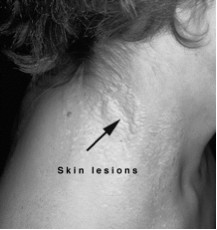
CDC chart describing the major symptoms of Zika Virus in adults. (CDC.gov)
It has been a while since I have posted about Zika Virus. As the US mosquito season is peaking currently, I felt it would be appropriate to do so. Here are some important updates, based on some news articles I noticed in the past week:
- Currently in the USA, the overall Zika Virus incidence rate is much lower than it was last year. In New York for example, the current infection level is approximately 55% lower than last year at this time.
- In Central and South America, many countries are seeing a decline in Zika infections, however there are no countries where Zika Virus is disappearing. Interestingly, Argentina and Peru are seeing Zika levels increasing lately.
- It is likely that the broad declines in Zika infections within the Americas are due to an increase in the natural immunity to the virus throughout the population. Once someone has been infected with Zika once, they cannot be infected again and cannot pass the virus onto other mosquitos. These mechanisms help decrease the spread and infectivity of Zika Virus.
- Due to the sexual transmission of Zika Virus, the US government has amended their guidelines to inform Americans who have been exposed to Zika. Currently, women who have Zika symptoms should wait approximately 8 weeks before attempting to get pregnant. Men, however, should wait approximately 6 months before engaging in sex. The differences in time are due to Zika surviving longer in the testes than initially expected. (For a review of the symptoms of Zika Virus in adults, please see the graphic at the top of this post!)
- On the research front, scientists have created a mouse model to study Zika virus’ life cycle and transmission characteristics. Creating this research model is a great advancement as it will allow scientists to gain more knowledge on the virus and allow us to make advancements in the prevention of its spread and treatment.
While Zika is currently less talked about than it was last year, it is still prevalent and should not be forgotten. I’ll post more updates as the news behind Zika Virus develops.
For More information:
















You must be logged in to post a comment.